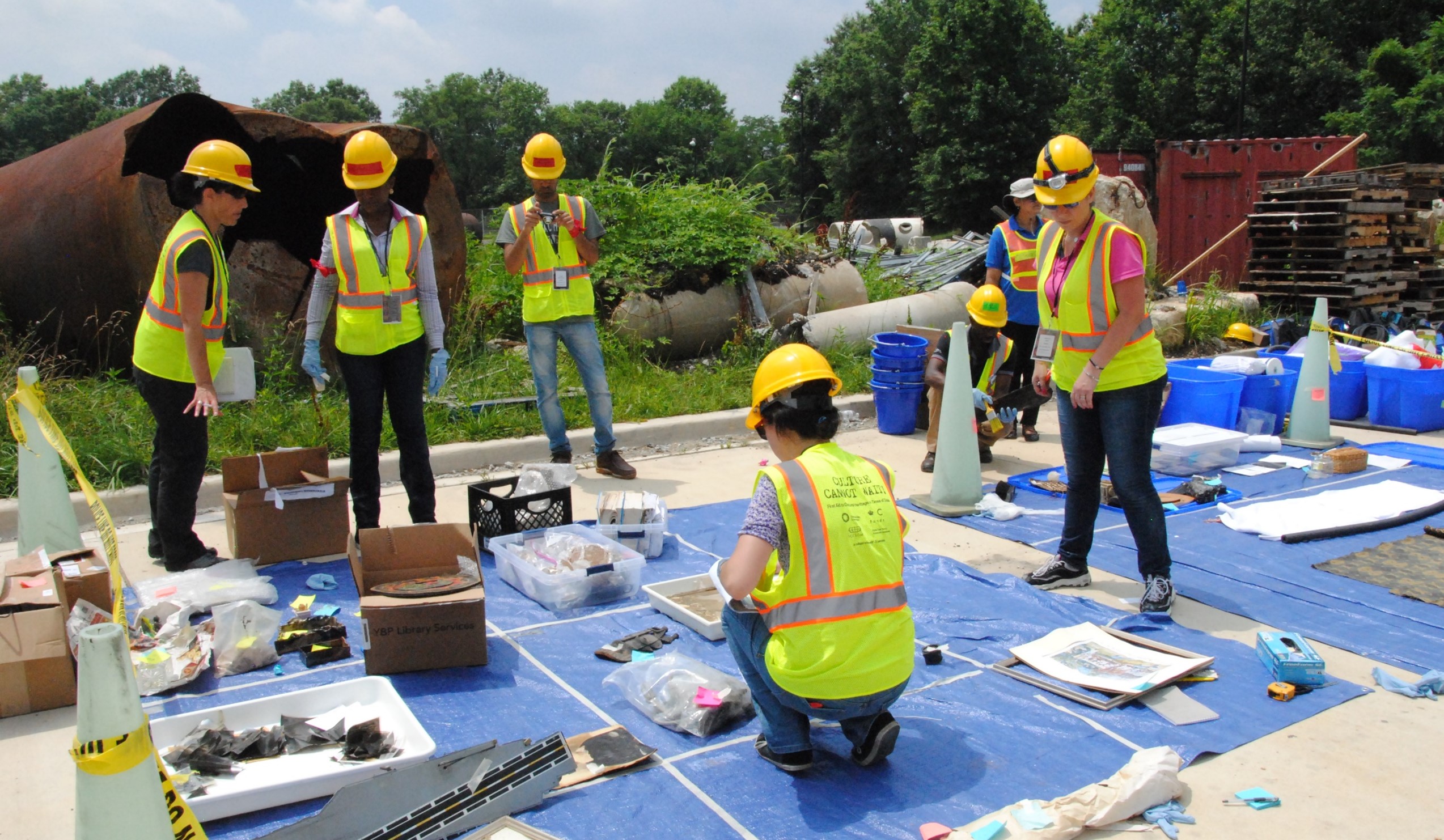The PRICE team created the “Roles and Responsibilities” training course to illustrate how a collections emergency response team would operate within the overarching Smithsonian emergency response organizational structure. This course will provide an overview of the Incident Command System (ICS), the SI Emergency Operations Center (EOC), and the roles and responsibilities typically needed for a collections emergency response. While the course provides some hypothetical situations and examples of past incidents at the Smithsonian, particular situations may raise regulatory or compliance issues. Seek additional guidance from your local emergency managers for your specific situation(s).
What is the Incident Command System (ICS)?
The Smithsonian utilizes the Incident Command System (ICS) for all emergency responses, including incidents that affect collections. ICS is a component of the National Incident Management System (NIMS), which according to the Federal Emergency Management Agency (FEMA), is a “systematic, proactive approach to guide all levels of government, nongovernmental organizations, and the private sector to work together to prevent, protect against, mitigate, respond to, and recover from the effects of incidents.” ICS is a standardized, scalable structure for managing incidents of all sizes. When employed, the ICS creates a chain of command that supersedes all standard organizational structures for any responding agencies, departments, and personnel. ICS ensures that every trained responder is on the same page from the first moment of the response, no matter where they came from or whom they report to during standard operations.
